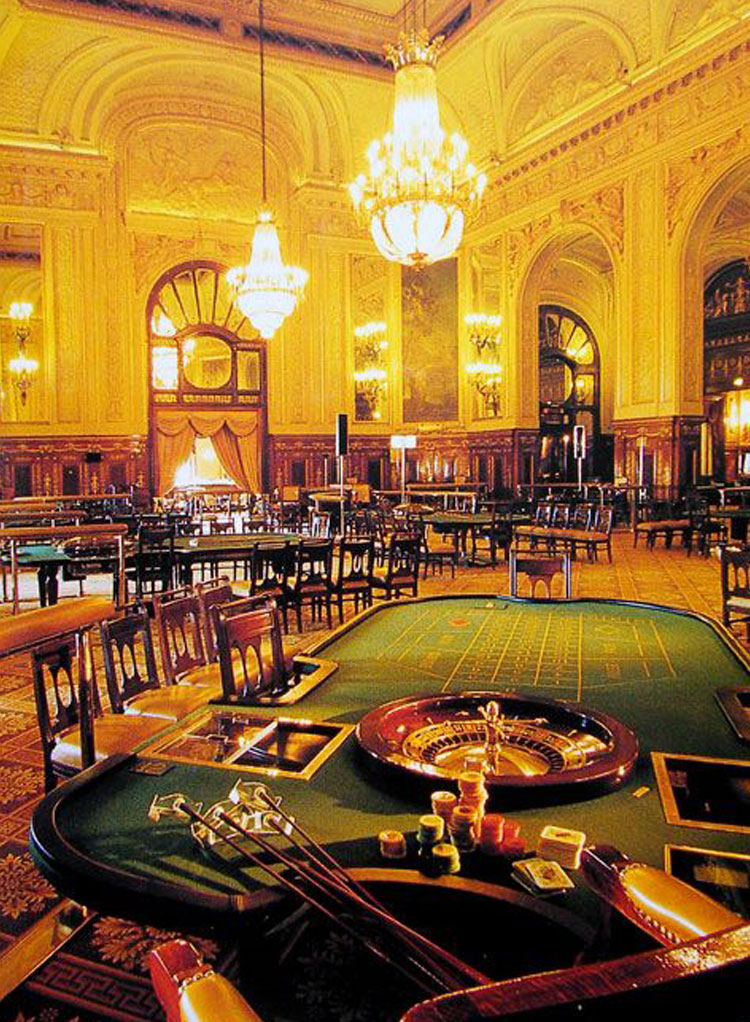
Casino experiences have long captivated people’s attention, drawing participants into a world filled with fortune, tactics, and the allure of adventure. Each game is carefully crafted not just for entertainment, but also to inspire specific emotional responses that keep players involved and interested. Understanding the motivations behind these designs reveals much about how behavioral psychology plays a crucial role in the gaming experience.
From the vivid lights and dynamic sounds to the intricate layering of rules and incentives, casino games are designed to create an atmosphere of thrill and expectation. Game designers leverage psychological principles to influence gambler behavior, whether through the use of winning opportunities, close-call situations, or social connections. By examining these factors, we can better appreciate how casino games fulfill not just a desire for entertainment, but deeper psychological needs for excitement and risk.
Understanding Gamer Behavior
Casino games are designed with a deep comprehension of player psyche, which is crucial for luring and retaining players. The rush of the game, combined with the expectation of winning, establishes a strong allure. Game designers utilize elements like sonic elements, vibrant graphics, and immersive gameplay to seize attention and evoke emotional responses. These sensory effects enhance the overall experience, making players feel more attached in the game.
Another notable aspect of player behavior is the concept of risk versus reward. Casino games often weigh high-stakes situations with the potential for considerable rewards, which can result in the event known as near-miss effect. When players come near to winning, the brain produces dopamine, bolstering their behavior and encouraging them to persist playing in pursuit of that elusive win. This cycle of hope and disappointment plays a key role in how games are structured and promoted.
Lastly, community aspects also play a pivotal role in player behavior at casinos. Many games are designed to be played in groups or alongside other players, fostering a sense of belonging and shared experience. The community engagement inherent in games like poker enhances enjoyment and can lead to prolonged gaming periods. Designers take advantage on this by crafting environments that prompt players to linger, socialize, and return, making the overall casino experience more attractive.
The Role of Imagery and Audio
Visuals and sound play a vital role in enhancing the player’s experience within gambling games. Designers utilize bold colors, striking graphics, and engaging animations to grab players’ attention and sustain their interest. The use of motifs, such as exploration or opulence, helps create an engaging atmosphere that transports players into a different world. By connecting to the senses, these elements add to a heightened emotional response, prompting players to engage more deeply with the games.
Sound design is equally important in enhancing the overall experience of casino games. The mix of background music, audio effects for winning combinations, and environmental noises creates an sound landscape that keeps players fascinated. Audio cues associated with victories, such as chiming bells or festive music, evoke feelings of excitement and satisfaction, encouraging players to continue playing. These audio cues are carefully placed to amplify the excitement of the game and create a more engaging experience.
Moreover, the alignment of visuals and sound is crucial for supporting the game’s overall concept and mood. Each element should align harmoniously to create a unified experience that pulls players in. The effective use of this synergy not only enhances user satisfaction but also increases the likelihood of repeat play, as players become more invested in the immersive world that the gambling games offer. This thoughtful combination of imagery and audio ultimately enhances player involvement and commitment.
Incentive Structures and Engagement
The creation of gambling experiences heavily relies on incentive systems to keep players involved and coming back for more. These structures are rooted in psychological theories that take advantage of human nature and motivation. Participants are often motivated by the thrill of winning, which is reinforced by immediate responses through the game’s mechanics. This prompt satisfaction not only enhances the gaming experience but also cultivates a sense of achievement, encouraging participants to keep participating in hopes of bigger rewards.
Gaming establishments utilize various reward structures, including jackpots, extra rewards, and increased rewards, to captivate players. These features create a level of excitement that maintains engagement. https://ga179.cash/ Additionally, the randomness of outcomes plays a crucial role in keeping interest. The variable reward system, where wins are random but happen often enough, keeps participants on edge and driven to continue participating. This cycle of hope and anticipation is foundational to the effectiveness of casino games.
In addition, social elements, such as competitive events and collaborative options, enhance the engagement factor by tapping into the competitive nature of players. The shared experience of playing with fellow participants can amplify the thrill of winning and create a sense of community within the casino. By combining these community elements with efficient reward systems, casino games not only offer entertainment but also nurture a deeper bond among players, solidifying their commitment to the gaming experience.
